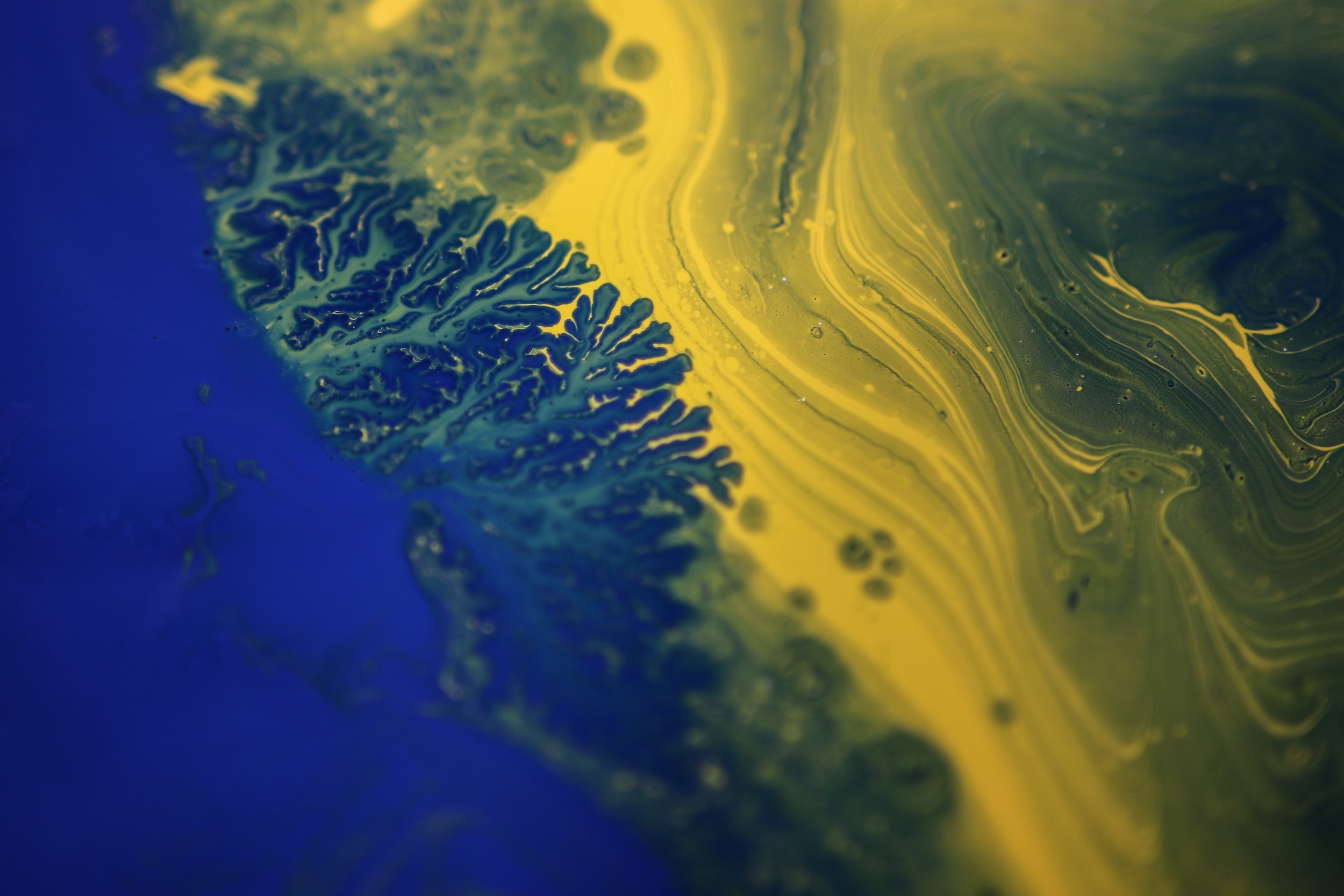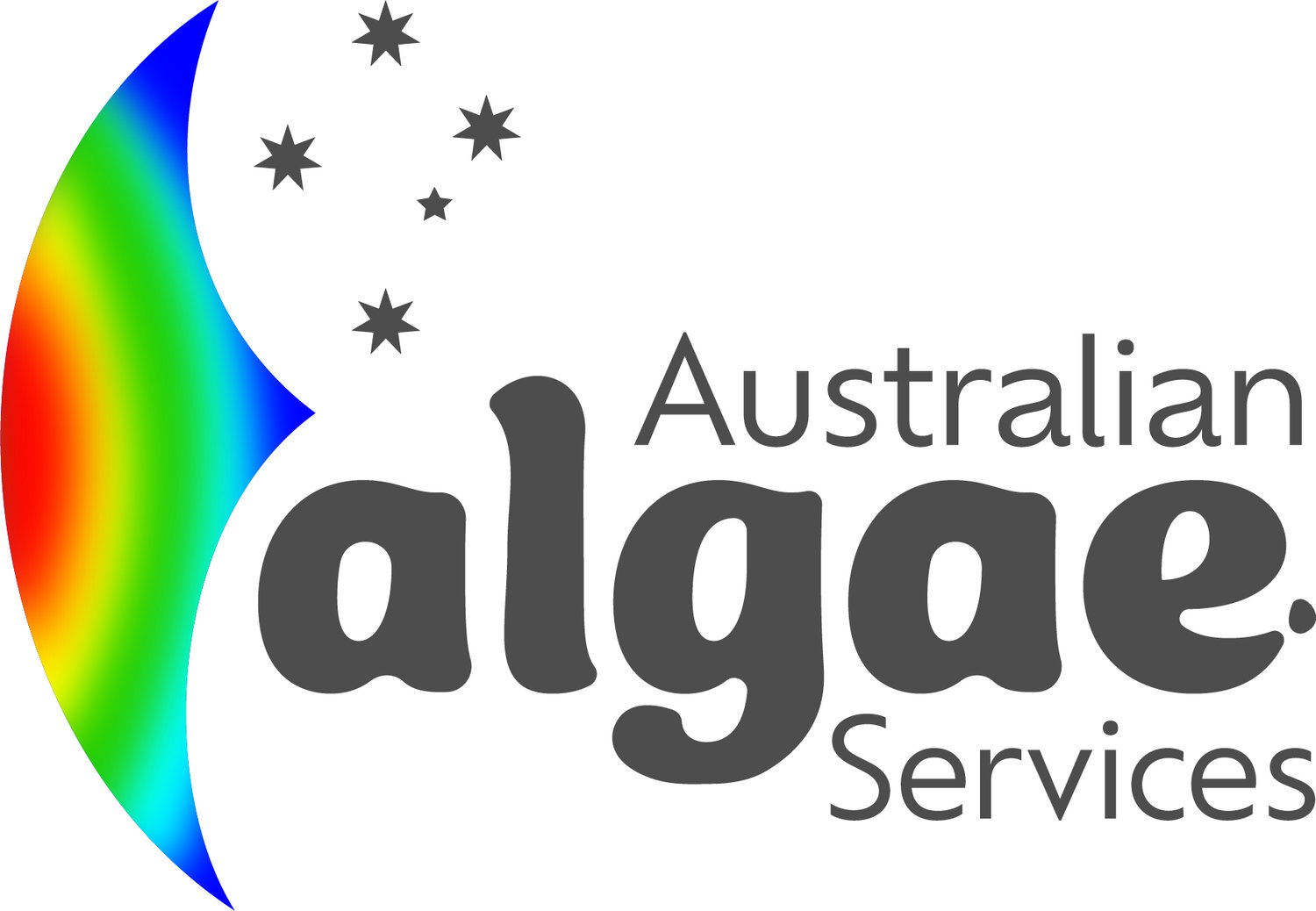
Microalgae farming is a sustainable source of food.
Renewable food source grown with minimal environmental impact
Enviromentally friendly process: utilises carbon dioxide, brackish water, nutrients and sunlight
The source of omega-3 fatty acids and all essential amino acids
Australian Algae Services
Australian Algae Services Pty Ltd (AAS) is a land-based aquaculture operation for growing marine and freshwater microalgae. AAS will incorporate proven technologies essential for the growing, harvesting and processing of microalgae for human consumption.
Microalgae farming is a sustainable source of food.
Microalgae production is the most sustainable system for the production of food. Algae has 10 times the productivity of traditional land-based crops and provides a much higher yield of nutritionally dense products. The closed system means all nutrients required for production are fully contained within the system. Microalgae can be grown in saline water without the requirement for arable land. Therefore, the whole process is environmentally friendly.
Ideally located microalgae farm
Our farm site is located in the Wide Bay Burnett close to Bundaberg with access to ideal water conditions perfect for growing microalgae.
Species of Interest
-

Nannochloropsis
Rich in the Omega-3 fatty acids EPA bound to glycolipids and phospholipids for optimal absorption. EPA is important for brain, eye and heart function. Nannochloropsis has 50% protein, half of which are essential amino acids. It’s also packed with phytonutrients: chlorophyll, phytosterols, Omega-7 fatty acids, vitamins, minerals, carotenoids, b-glucans and other antioxidants. All this makes it an ideal supplement to help boost intake of essential micronutrient like iron and vitamin B12.
-

Chlorella
Well recognised as a super food known for its high chlorophyll concentration and its ability to bind heavy metals. It is an excellent source of vitamins A through to K and is particularly rich in vitamin B12, which contributes to the normal formation of red blood cells and helps reduce fatigue. It is 50% protein and contains all essential amino acids. It has around 10% fatty acids of which 1/3rd are Omega-3s. Chlorella is a rich source of minerals, particularly iron.
-

Haematococcus
Haematococcus pluvialis is the richest source of natural Astaxanthin, which has important applications in the nutraceuticals, cosmetics, food, and aquaculture industries. Astaxanthin boosts the health of joints, skin, and the vascular system. It is also one of the only antioxidants that can cross both the blood-brain barrier and the blood-retinal barrier – allowing both the brain and the eyes to enjoy its benefits.
Growing microalgae
Starter Culture
Local strains are isolated, grown as a pure culture, and then characterised.
Inoculum and scale-up
The best species are cultured under selective adaptation conditions to enhance productivity. They are then scaled up, first in the laboratory and then in outdoor bioreactors.
Cultivation
The scaled-up inoculum is transferred to large open raceway tank systems. Purified brackish water, nutrients, carbon dioxide and sunlight are all that is necessary to grow the microalgae. Optimised conditions help to control biological contaminants.
Harvest
Centrifuges are then used to remove the remaining external water and generate microalgae paste.
The paste is stabilised by drying to increase the efficiency of oil extraction.
Commercial ready microalgae
Commercial products are then produced by standard industrial methods.
Integration with the
aquaculture industry
Microalgae are the food source of fish and prawns. Future closed-loop systems will value-add to the microalgae production yields. This processes will lead to faster growth and lower mortality in fish and prawn land-based production. This innovative aquaculture satisfies all environmental issues. Closed-loop systems purify water to be recycled into the ponds. The increased microalgae yield provides a perfect food source for growing fish and prawns.







